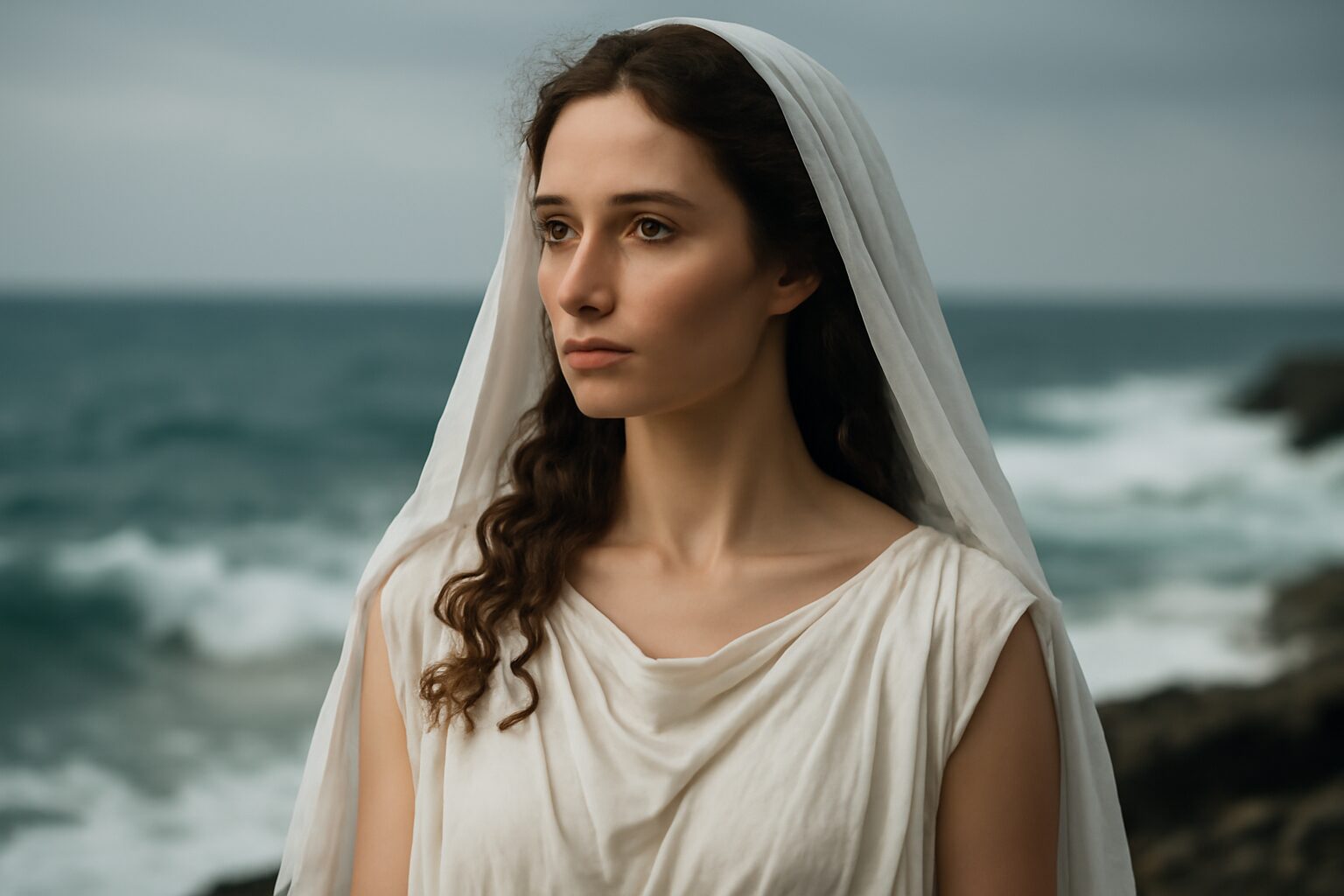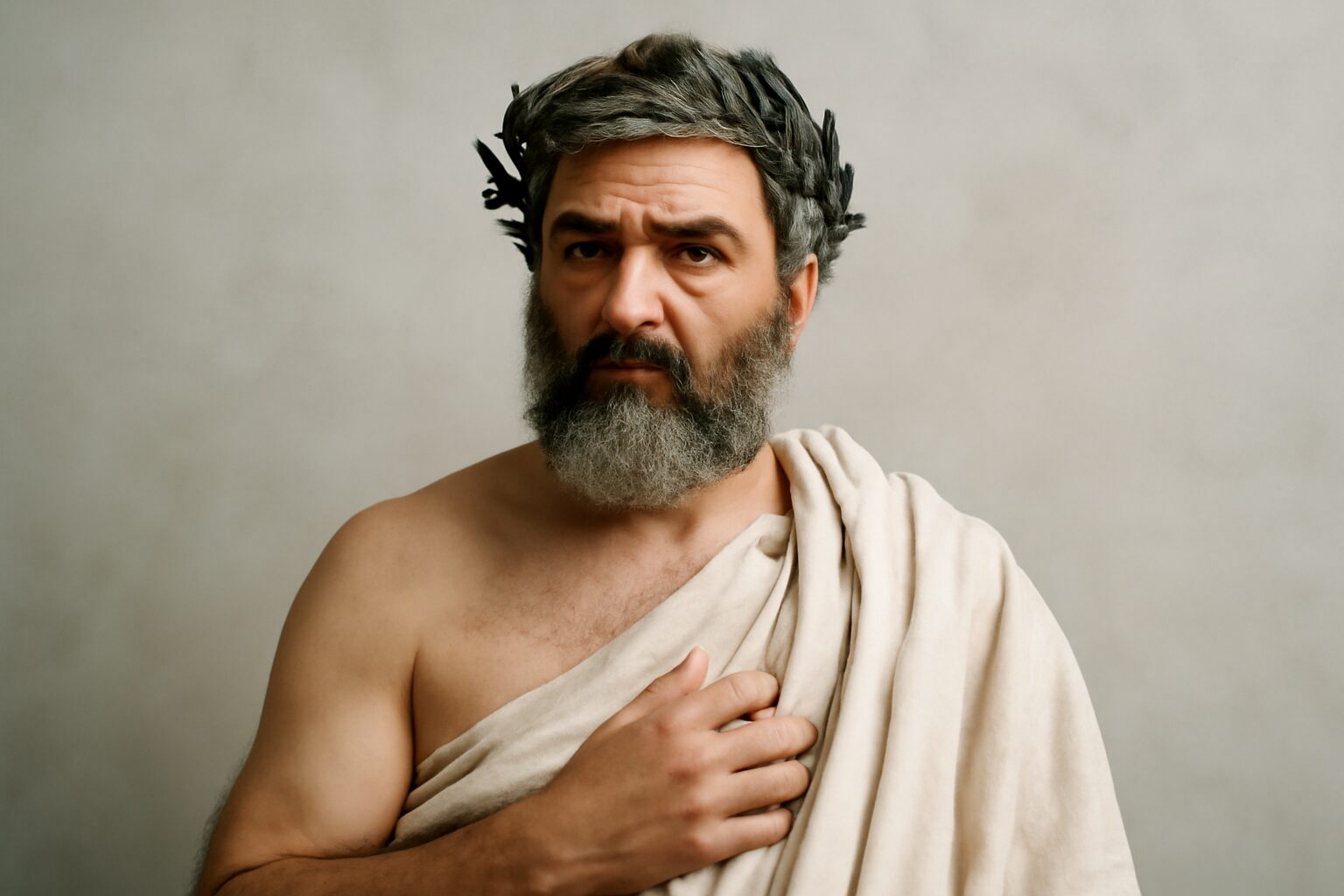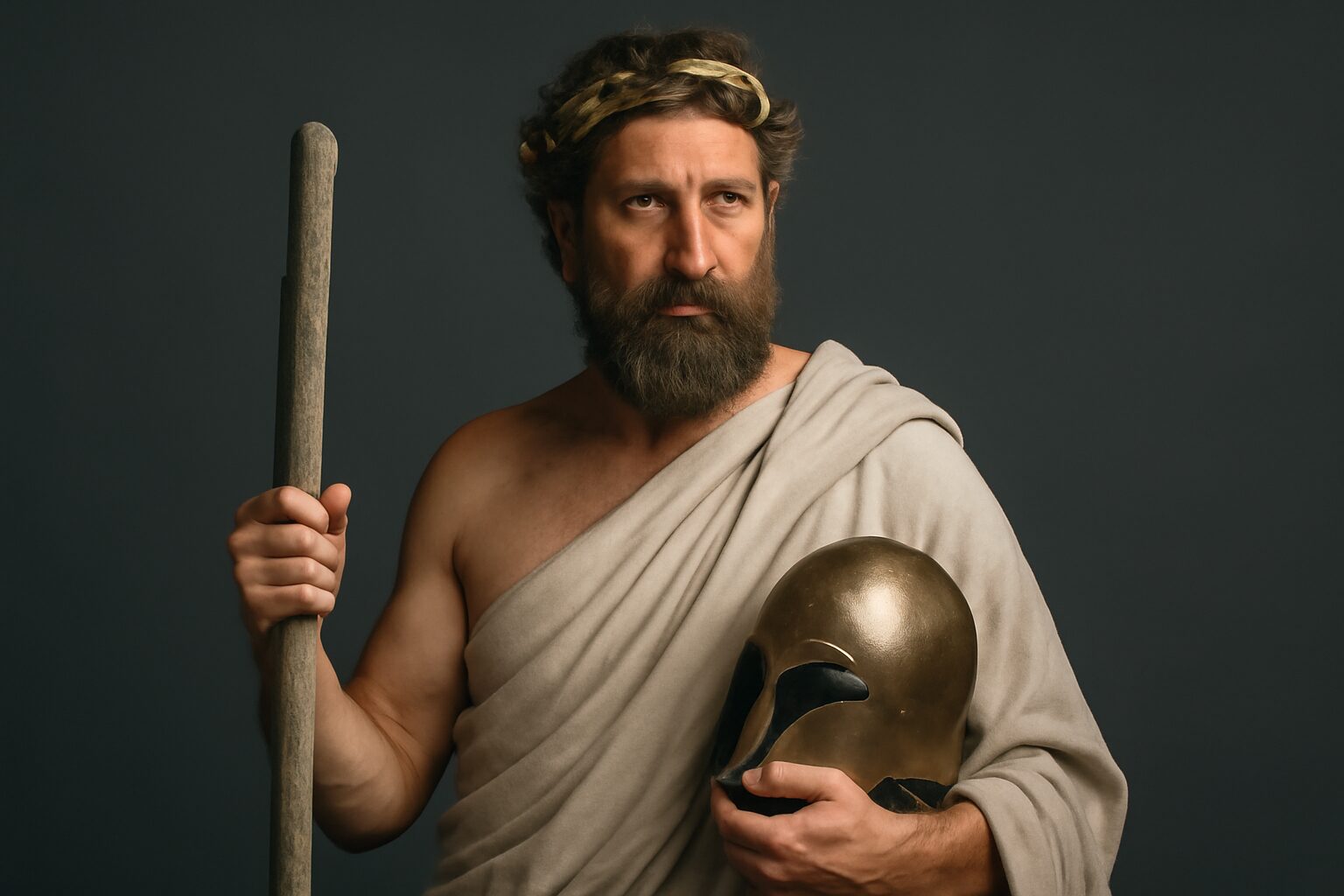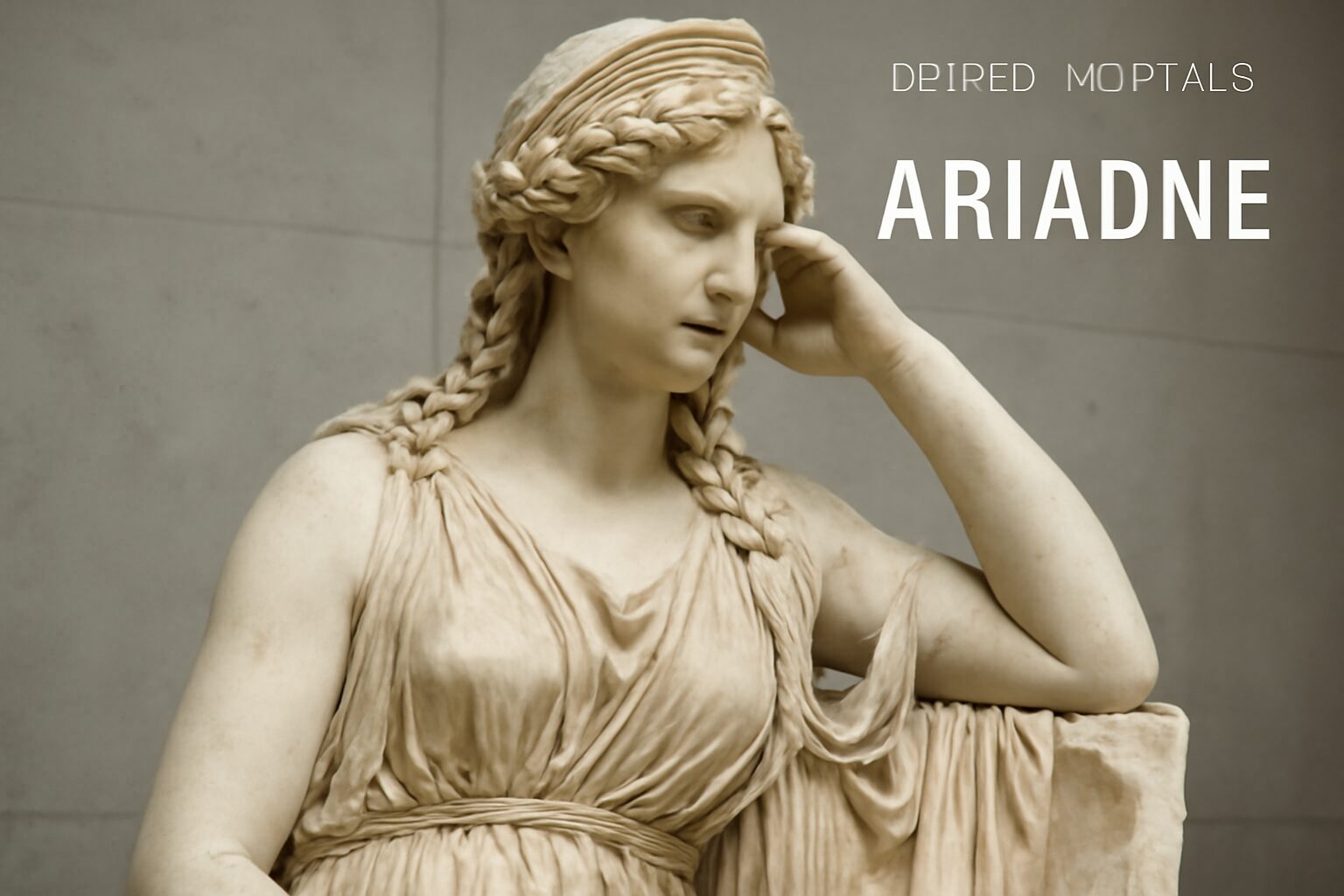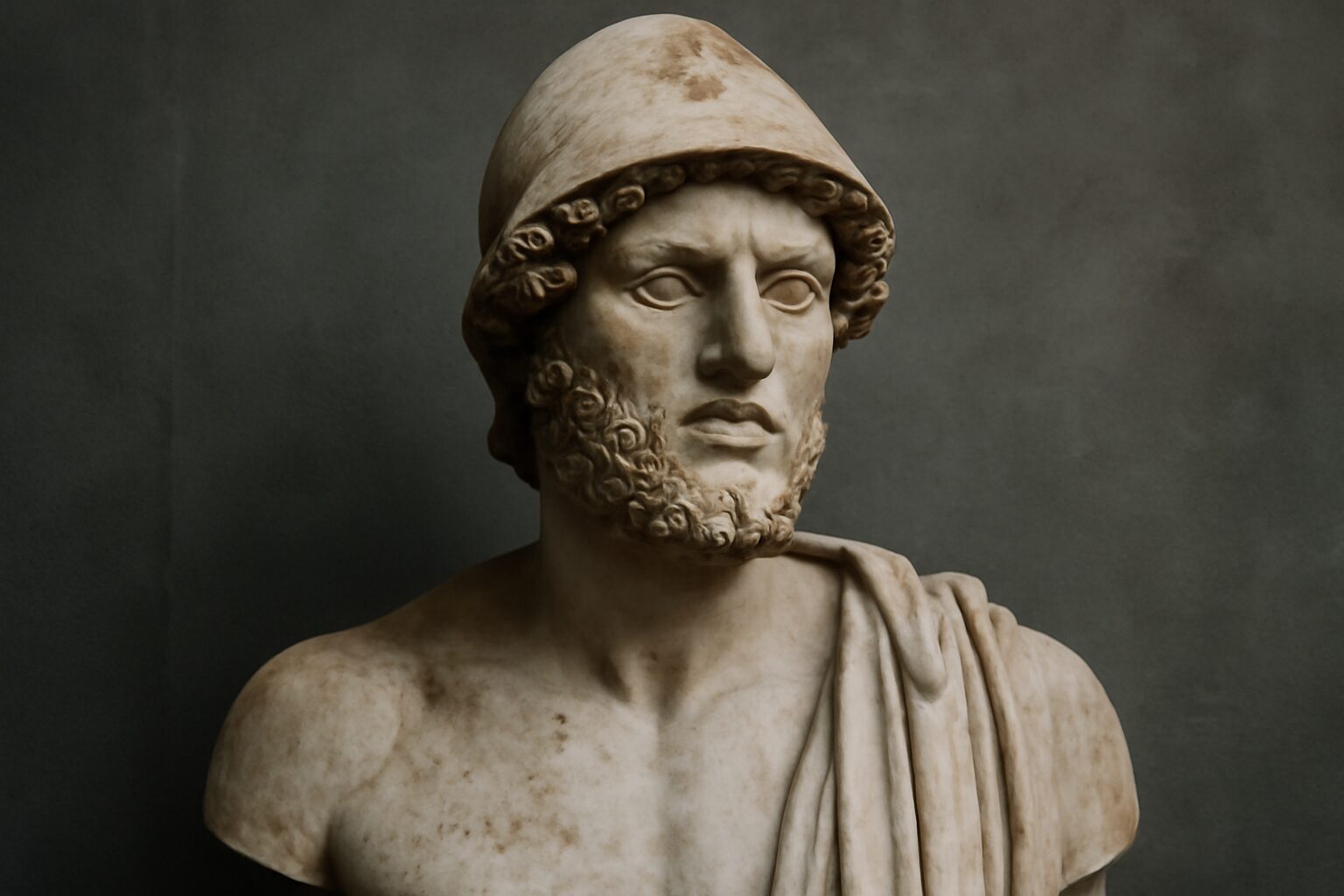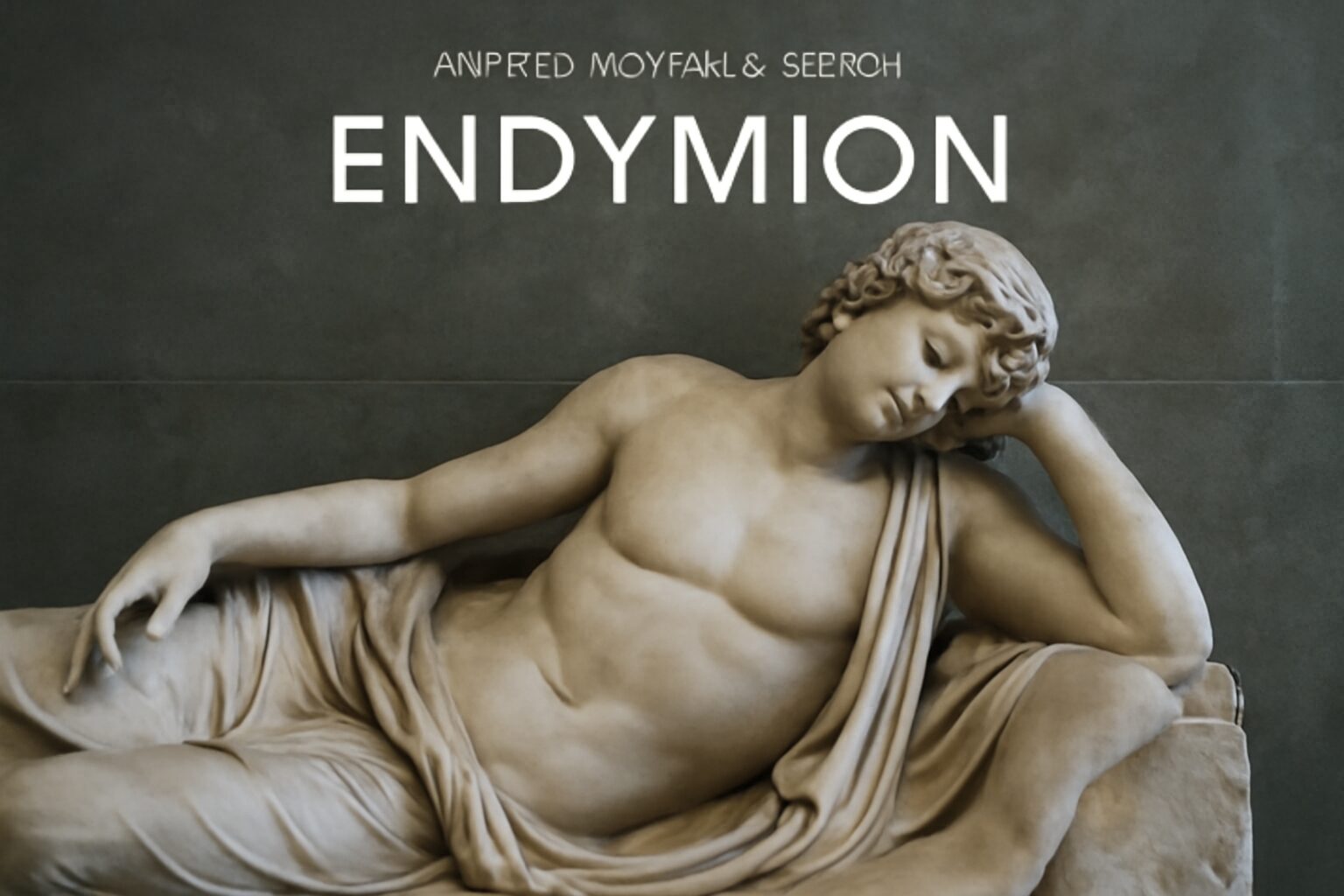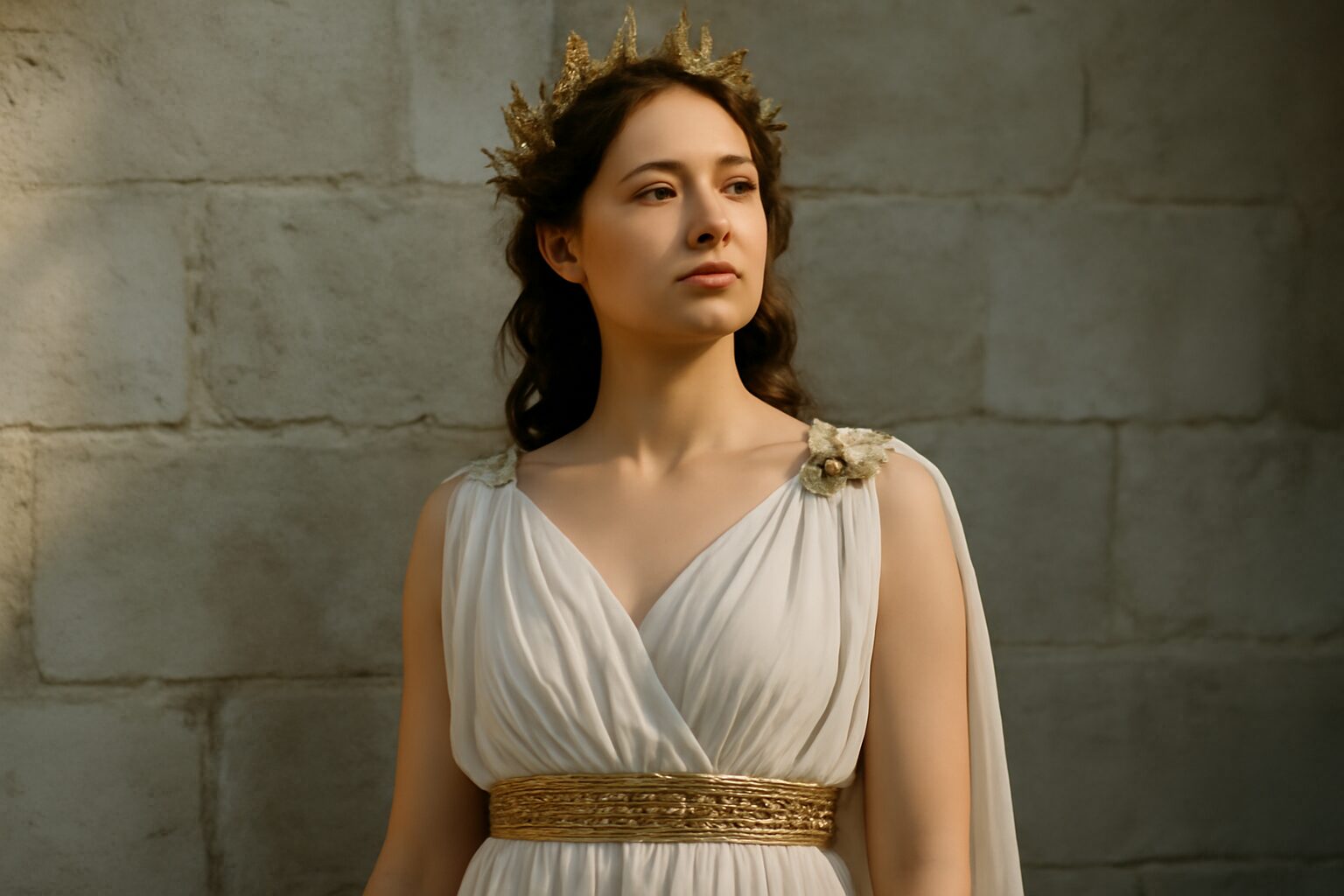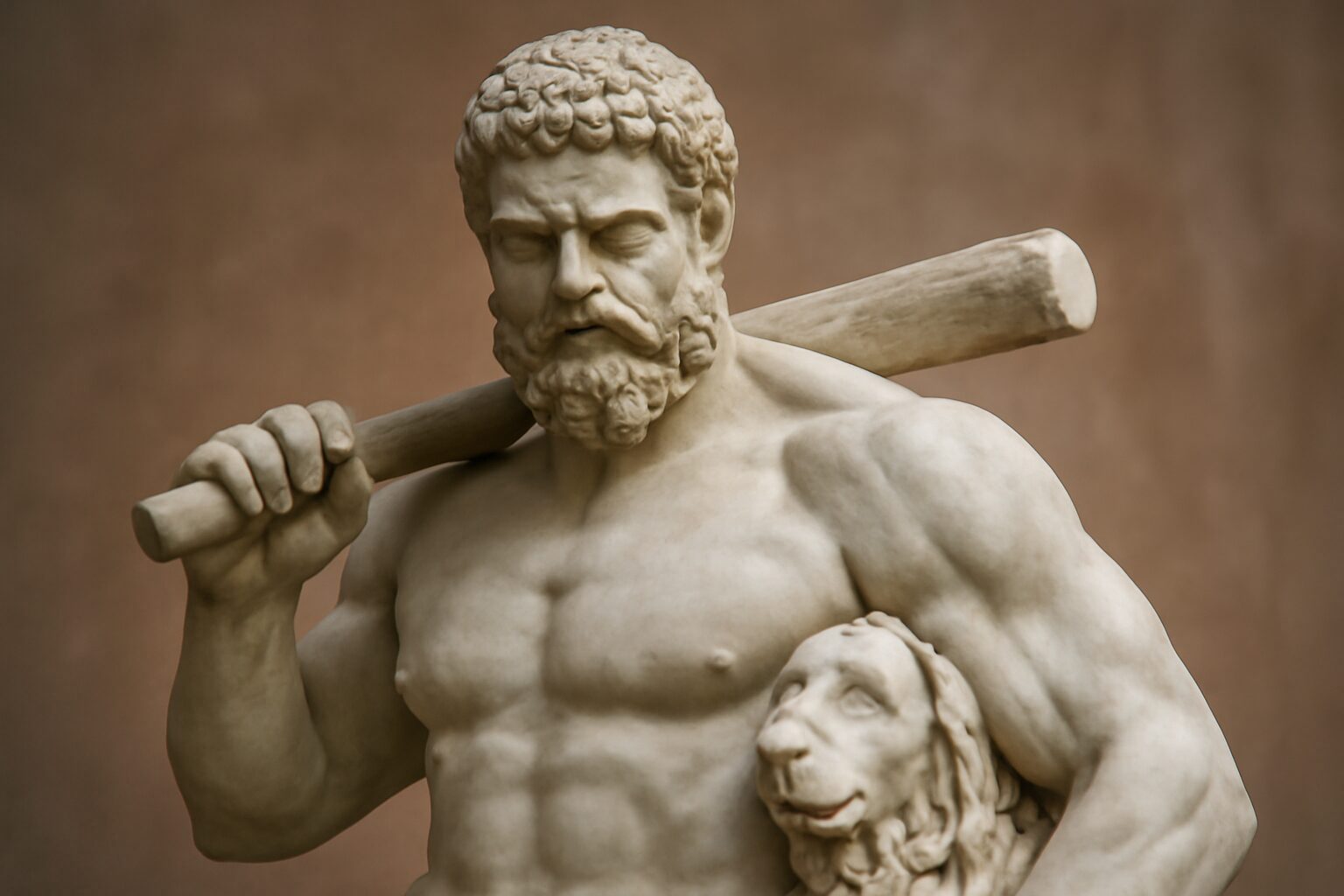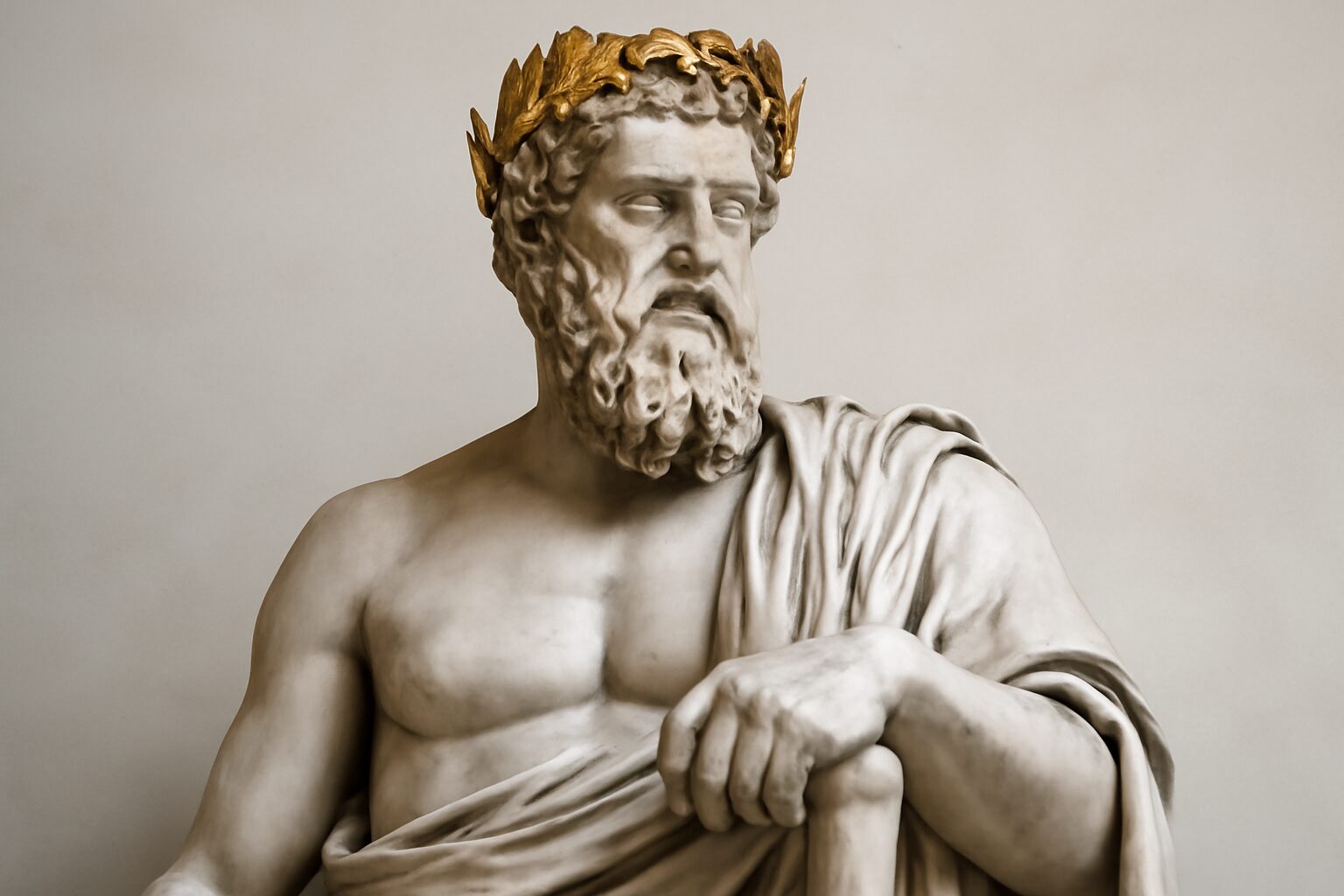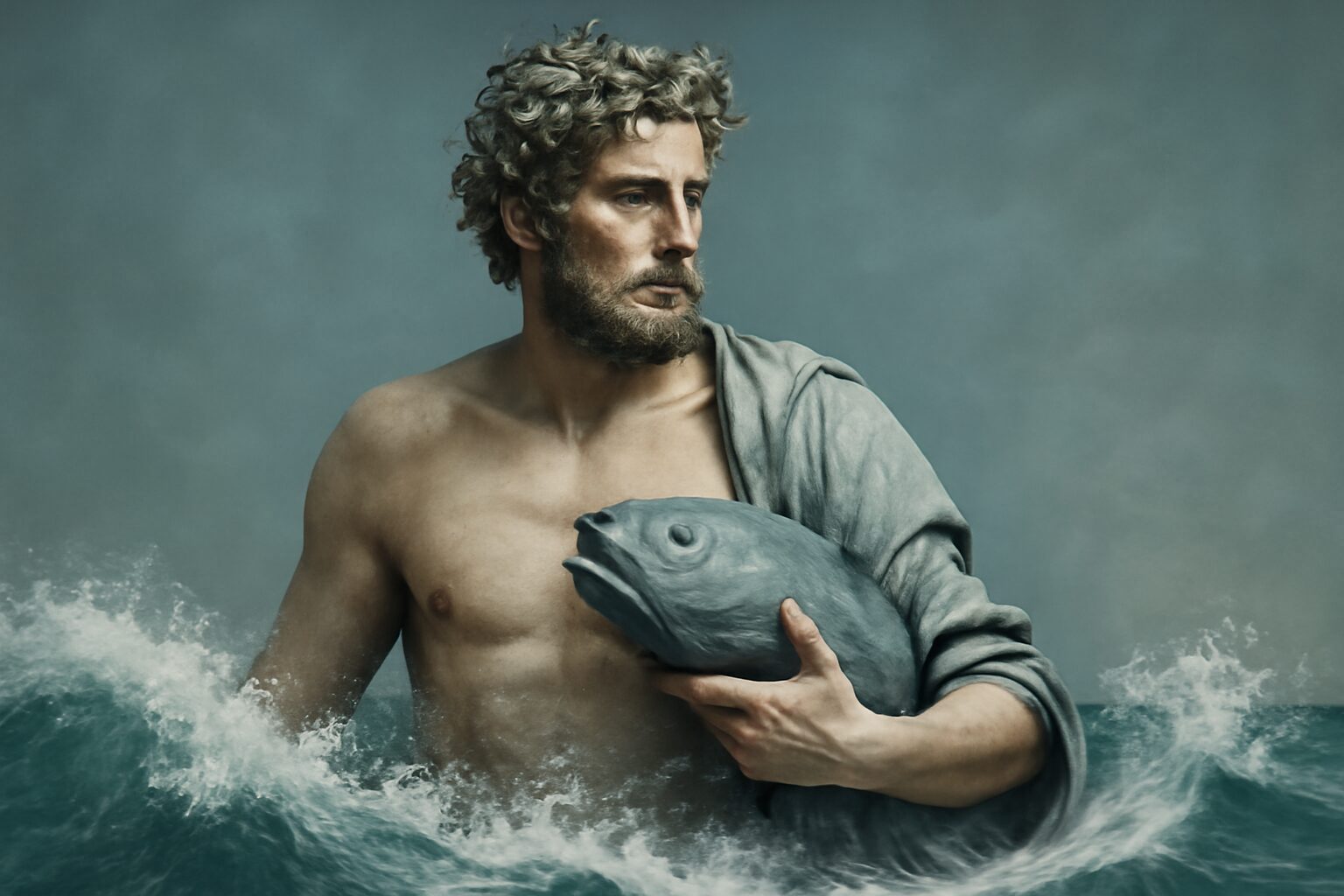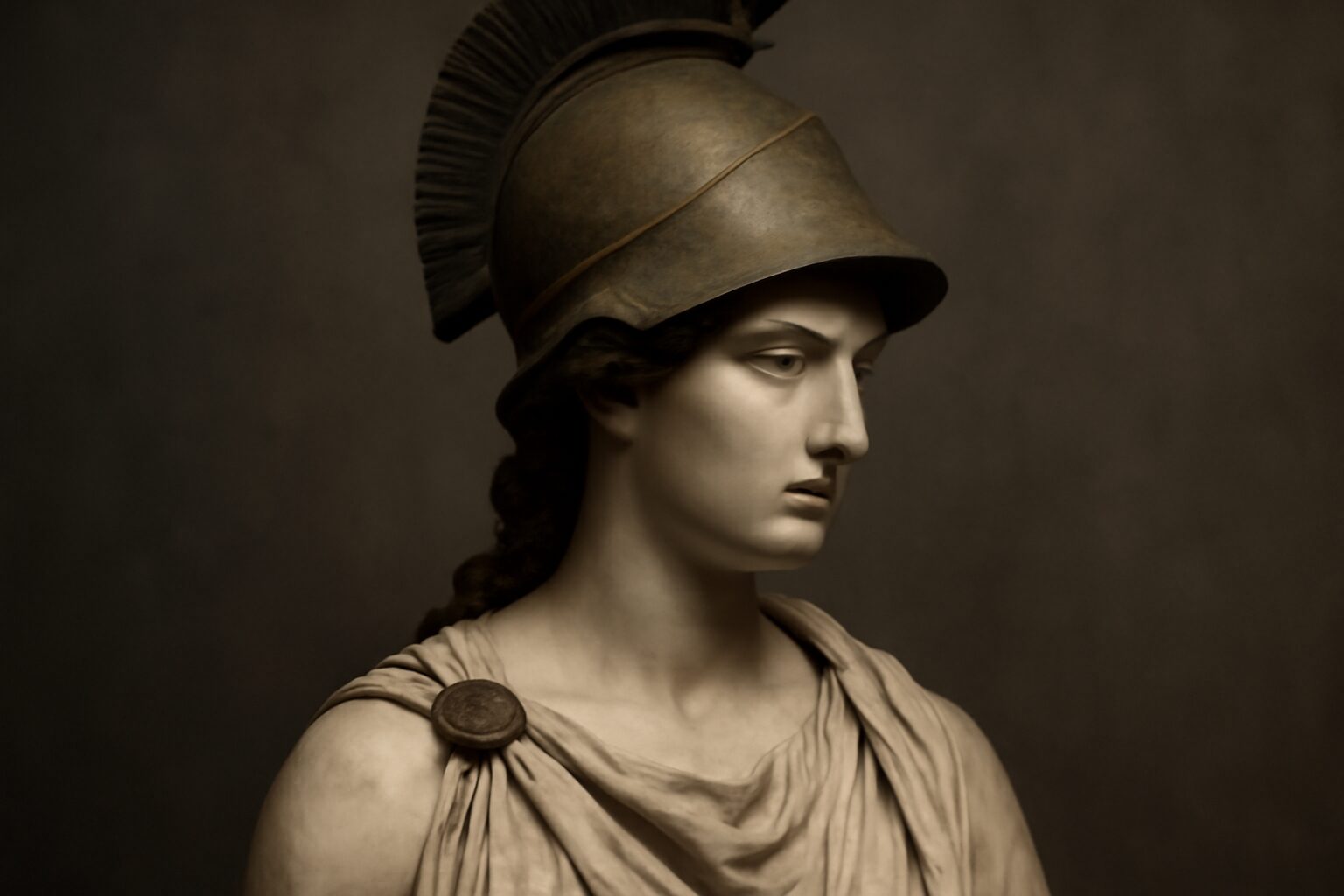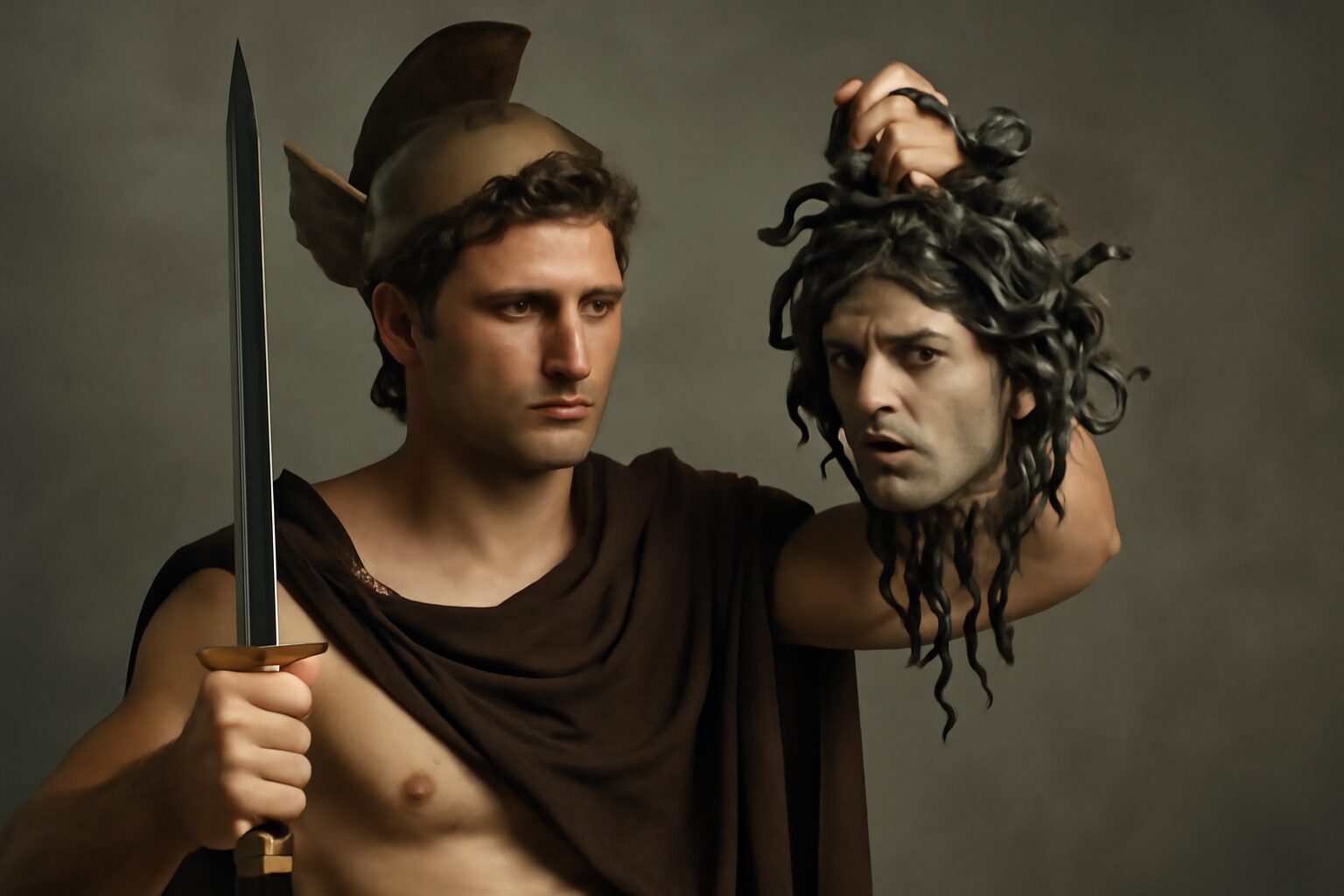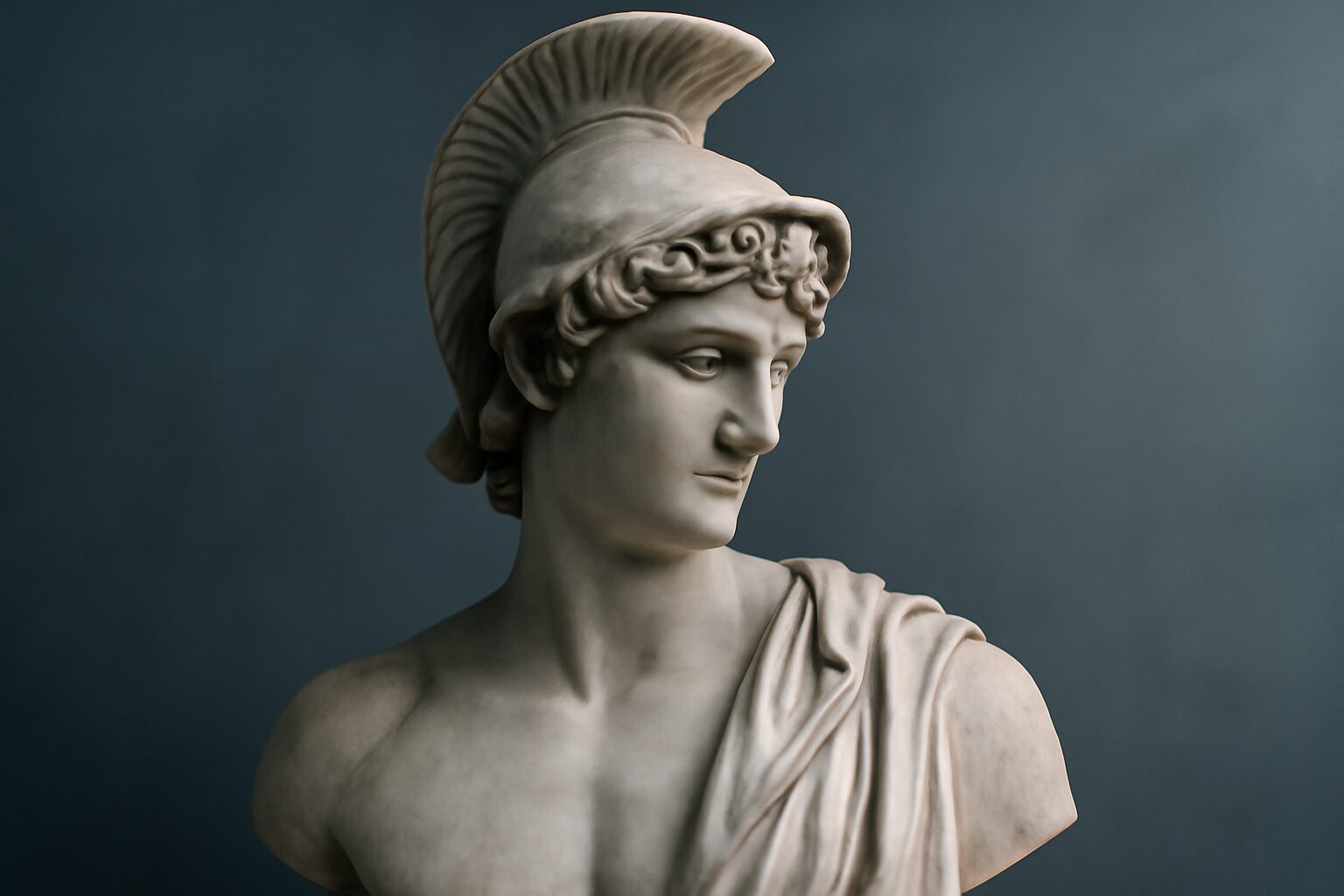Ino (Leucothea): The Tragic Sea Goddess
Ino, later known as Leucothea ("White Goddess"), is a fascinating yet tragic figure in Greek mythology. Originally a mortal princess of Thebes, she became a sea deity worshipped by sailors for her protective powers. Her story is one of madness, sacrifice, and divine transformation.
Mortal Life and Tragic Downfall
Ino was the daughter of King Cadmus of Thebes and sister to Semele (Dionysus's mother). She married Athamas, king of Orchomenus, and became stepmother to Phrixus and Helle. When Ino plotted to sacrifice Phrixus to secure the throne for her own children, she incurred the wrath of Hera. The goddess drove Ino and Athamas mad - in his frenzy, Athamas killed their son Learchus, while Ino leaped into the sea with their other son Melicertes.
Divine Transformation
Instead of perishing, Ino was transformed into the sea goddess Leucothea, while Melicertes became the sea god Palaemon. This metamorphosis was likely granted by Dionysus, her nephew, in recognition of her earlier care for him as an infant. As Leucothea, she became a benevolent protector of sailors in distress.
Powers and Worship
Leucothea possessed the power to calm storms and guide ships to safety. She famously aided Odysseus in Homer's Odyssey, giving him her magical veil to protect him from Poseidon's wrath. Sailors would make offerings to her before voyages, and she was particularly worshipped in coastal regions of Greece.
Significance in Mythology
Ino's story represents several important themes: the capricious nature of the gods, the thin line between mortal and divine, and redemption through suffering. Her transformation from a scheming mortal to a benevolent deity mirrors the Greek belief in the potential for transcendence. The cult of Leucothea shows how Greek religion absorbed and transformed older local deities into the Olympian pantheon.
Her worship continued into Roman times as Mater Matuta, demonstrating the enduring power of this complex figure who bridged the human and divine worlds.
Alternative Names for Ino (Leucothea)
God Name: Leucothea (Greek)
Leucothea is the name given to Ino after her transformation into a sea goddess. The name means 'white goddess' and reflects her new divine status in Greek mythology.
God Name: Mater Matuta (Roman)
In Roman mythology, Ino (Leucothea) was identified with Mater Matuta, a goddess associated with the dawn and the sea. This identification reflects her role as a protector of sailors and her connection to the sea.
God Name: The White Goddess (Greek)
This is a poetic epithet for Leucothea, emphasizing her radiant and divine nature after her apotheosis into a sea goddess. It is derived from the meaning of her name, 'white goddess.'
Tales about Ino (Leucothea)
Ino and Dionysus: The Divine Madness
Ino, once a mortal queen of Thebes, became entwined with the fate of the infant Dionysus when his mother, Semele, perished. Hera, in her jealousy, sought to destroy the child, but Ino and her husband Athamas took him in, disguising him as a girl to protect him. Hera, enraged by their defiance, inflicted a madness upon the couple. Athamas, in his frenzy, mistook Ino and their son Melicertes for a lion and her cub, driving them to leap into the sea to escape.
Transformation and Salvation
As they fell, Dionysus, grateful for their sacrifice, appealed to his grandmother Tethys to transform them into sea deities. Ino became Leucothea, the "white goddess," and Melicertes became Palaemon, guardians of sailors. This act cemented Ino's place among the immortals, a reward for her courage in sheltering the god of wine and ecstasy.
Ino and Poseidon: A Stormy Alliance
After her apotheosis, Leucothea (Ino) often found herself crossing paths with Poseidon, the mighty god of the sea. One notable encounter occurred during the trials of Odysseus, as recounted in Homer's Odyssey. When Odysseus was shipwrecked and clinging to wreckage, Poseidon, still angry with the hero, stirred up a violent storm to finish him off.
The Veil of Salvation
Seeing Odysseus's plight, Leucothea took pity on him. She descended from the waves, offering her divine veil (kredemnon) with instructions to tie it around his chest for buoyancy and protection. She then spoke to Poseidon, calming his wrath momentarily, allowing Odysseus to reach the shores of Scheria safely. This intervention showcased Ino's role as a savior and her ability to sway even the most tempestuous of gods.
Frequently Asked Questions
Who is Ino (Leucothea) in Greek mythology?
Ino, later known as Leucothea, was a mortal princess who became a sea goddess in Greek mythology. She was the daughter of King Cadmus and initially a mortal, but after her death, she was transformed into a divine figure who aided sailors in distress.
Why was Ino transformed into the goddess Leucothea?
Ino was transformed into the goddess Leucothea as a reward for her kindness and tragic life. After enduring hardship and madness inflicted by the gods, she leaped into the sea with her son Melicertes. The gods took pity on her and granted her immortality, turning her into a protector of sailors.
What role did Leucothea play in Greek mythology?
As Leucothea, she became a benevolent sea goddess who helped sailors and shipwrecked individuals. She is most famously known for aiding Odysseus in Homer's 'Odyssey' by giving him a magical veil to survive a storm.
What can we learn from the story of Ino (Leucothea)?
Ino's story teaches themes of resilience, transformation, and divine mercy. Despite her suffering as a mortal, she was elevated to a divine status, symbolizing hope and protection for those in peril.
How does the myth of Ino (Leucothea) apply today?
The myth of Ino (Leucothea) reflects timeless human experiences like overcoming adversity and finding redemption. Her role as a protector also resonates with modern ideas of guidance and compassion in difficult times.

